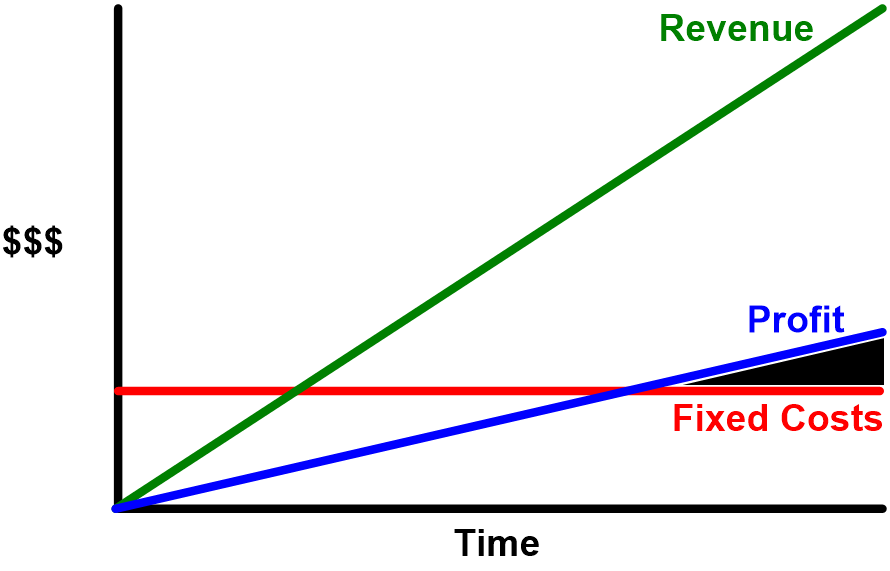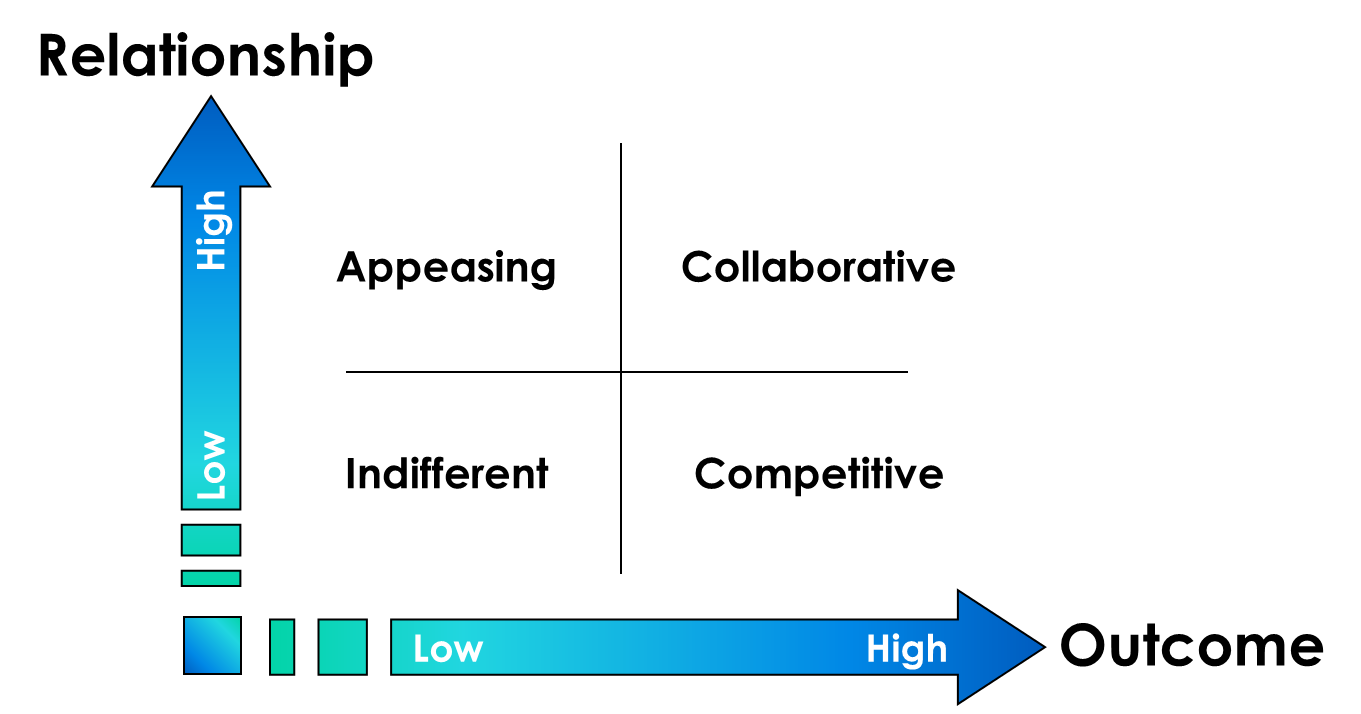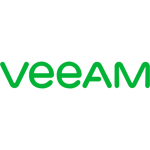When I first got into this industry, it was easy to be a channel account manager. All you needed was a half decent product, an expense account, and a nice personality. You built relationships over drinks or at a football game, and people bought from you. (It probably was a bit harder than that, but everything looks better in a rear view mirror).
But nice just doesn’t cut it any more. Apart from the fact that expense budgets have been slashed and scrutinised, partners are looking for more than a free lunch. Today partners are looking for a relationship where you can demonstrate genuine value to their business (and by that I mean something tangible to their bottom line).
Defining Value (From a Partner Perspective)
I can’t tell you how many companies will describe themselves as a “value-add” something-or-other. Let’s be really clear about what constitutes value.
Firstly, it is ALWAYS in the eye of the receiver, not the provider. Meaning, if your providing a value-add service, but your customer doesn’t want to pay for it, they probably don’t consider it to be of value.
And secondly, if doesn’t affect the bottom line, it’s not really adding value. I’d rather deal with a nice person than a rude one, but I’ll take a rude account manager who genuinely adds value over a nice one (who just wants to meet for coffee) any day of the week.
So, let’s define value.
This chart is the profit model of a business. The green line is the Revenue line, the blue line is Gross Profit, and the red line is Fixed Costs. The section in black is Net Profit (ie. the actual money this business made).

Adding value is simply this:
- Make my blue line go up
- Make my red line go down
That’s it!
If your actions don’t result in one of those two outcomes, it’s not adding value. The problem is that, as a channel account manager, you have what may feel like conflicting objectives., namely that you need to achieve your own targets, and at the same time build a relationship with a partner (based on growing their profit) so they continue to buy from you.
Relationship vs Outcome
It’s easy to build relationships.
It’s easy to achieve an outcome.
The challenge for a channel account manager is to do both at the same time. The problem is that many people think doing one means you compromise the other. So, let’s map the two against each other in the following diagram.

Appeasing – these are people who want to help customers at the expense of themselves. They discount their price easily or bend over backwards to helping customer without asking for anything in return. Good for building relationships, bad for achieving an outcome. Unfortunately, too many CAMs sit in this quadrant.
Competitive – competitive sales people want to win at any cost. In extreme examples, they will lie, bully, demand, or cheat to get their way. You may get what you want this time, but it’s unlikely your partner will want to business with you again.
Collaborative – this is the ideal quadrant for a CAM. Having an equal focus on both aspects, and acknowledging that your time is valuable. You are happy to give your partner what they need, but you expect them to give you what you need.
Indifferent – no real effort to build a relationship or achieve an outcome… probably best suited to a life in the public service 😊
In our experience, we find too many CAMs lean towards the Appeasing quadrant. They focus on the relationship aspect and not enough on the outcome aspect. And as we said earlier, partners today are looking for more.
Going Beyond Nice
If you want to be a valuable partner to your partners, then that means you need to deliver an outcome for them. Here are three areas where you can make a difference.
Follow The Money
Make sure you understand your partners profit model and how your value proposition complements that. Find out how do they make money – product margin, services, recurring revenue, consulting services, 3rd party products, cash flow ramifications, planned future investments, etc. If you can understand how they recognise profit, and how they compensate their sales people, then you are in a much better position to determine how to maximise that black triangle in the diagram above
Tell Them What They Don’t Already Know
Many CAMs approach a Partner Business Review with the attitude that it is about analysing the business you did together last quarter and getting a forecast for the next quarter. But what partners care about is what activities should I be doing next quarter to make money. Here is where you can make a difference. What market insights can you give them to help them increase their price or differentiate their offering? What are their prices like compared to rest of the market, what other services should they be considering, what are the growth trends, how does their product mix compare to your best partners, where are the areas they should be investing?
Make Them Look Good In Front Of Their Customer
You know the feeling you get when your customer sings your praises to your boss, or when your boss singles out your achievements to their boss? It’s the kind of kudos that money can’t buy, and it gives you a level of credibility you couldn’t achieve by talking about your own successes. Well it’s the same with your partners. Find ways to tell their customers how good they are, and they’ll go out of their way to introduce you to new clients.
Summary
Partners want to deal with people who are nice, but unless your niceness can increase their gross profit or reduce their costs, their loyalty will be short-lived. An effective Channel Manager balances the importance of maintaining the relationship with a focus on achieving an outcome for both the partner and themselves.
Feel free to ping me at mmoses@channeldynamics.com.au to let me know what you’ve done to help partners achieve an outcome. And if you’re worried that you fall into the Appeasing category when you are under pressure, you might want to check out our Dynamic Channel Negotiations workshop.


